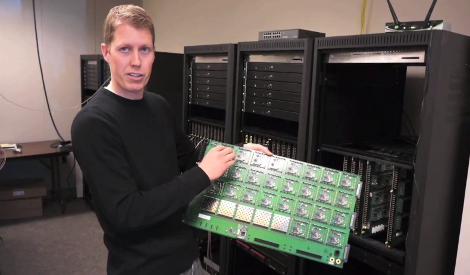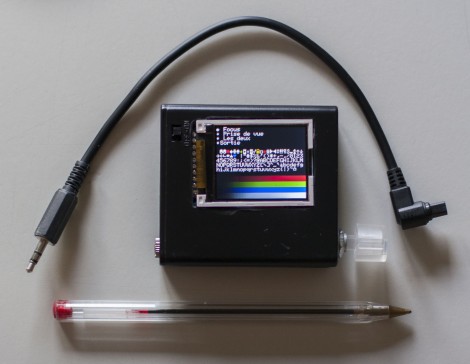
All grain brewing is a labor and equipment intensive endeavor, but it produces the highest quality beer compared to partial mash or extract brewing. [Jeff Karpinski] started out with the latter two methods, but as his enthusiasm for the hobby mounted he found himself brewing all-grain batches with just an electric kettle. He developed the system seen above as an easy method of automating the all grain process, and he managed to make it tidy enough to do in the kitchen.
All-grain brewing usually involves five or ten gallon (or more) boils. This type of volume is usually what demands that the brewing process move out of the kitchen. But since [Jeff] is the only beer drinker in the house he limits his sessions to three gallons. This means all of the equipment takes up less room. Here he’s got a five-gallon bucket, cooler, and brew kettle on just one small piece of the counter. In between the kettle and bucket you can see the controller box he built. This is responsible for switching power to the heating element in the brew kettle, and the electric pump in the bucket. The bucket has a permanent counterflow chiller which brings the wort down to a suitable temperature before pitching the yeast. It’s pretty amazing how well contained the liquid is from start to finish!
[Thanks ScottInNH]
















